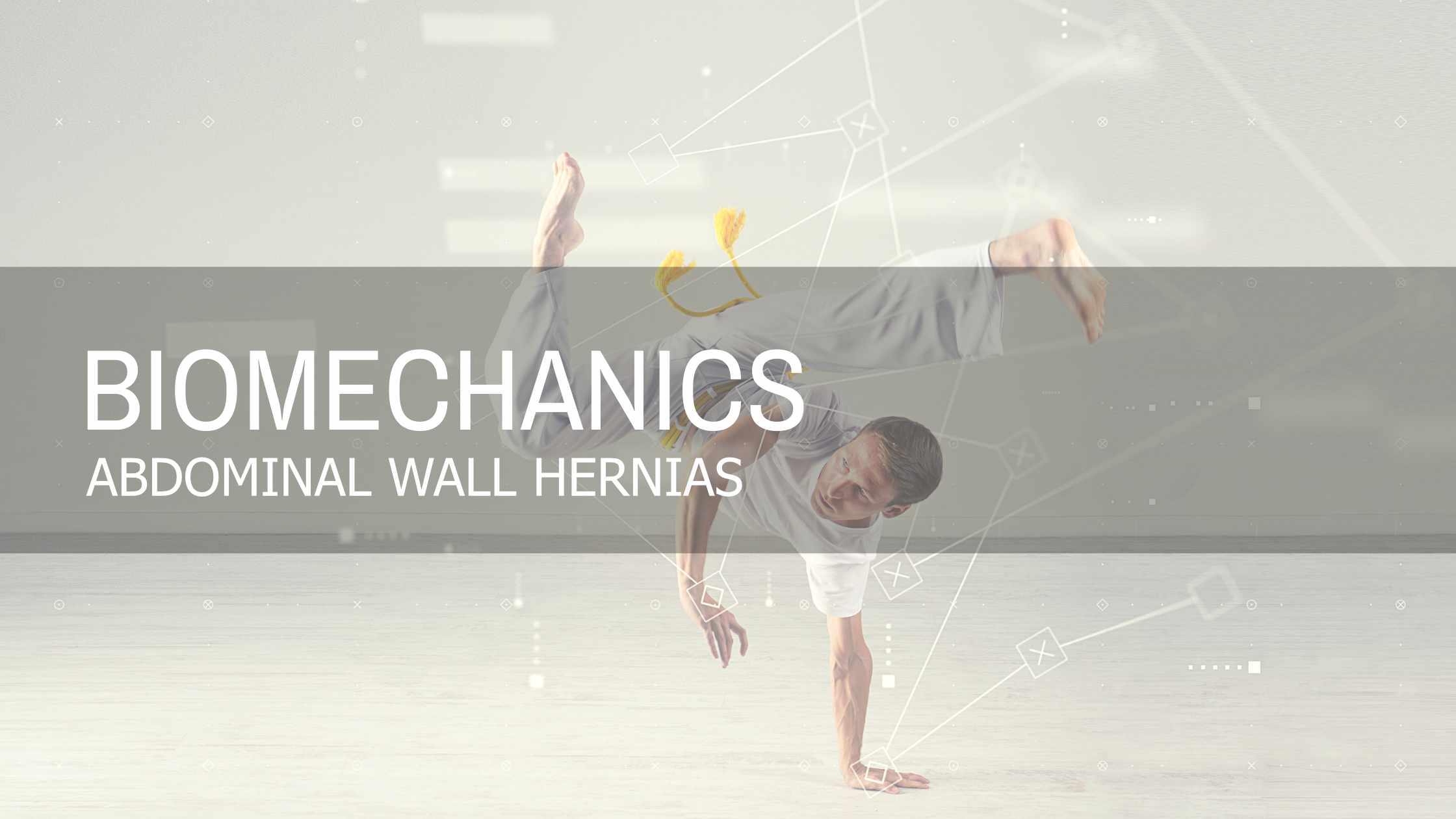
Apr 16 , 2021
0 Comments
Designed to Move | Abdominal Wall Hernias
What are Abdominal Wall Hernias
Abdominal wall hernias are a medical condition where there is a weakness in the abdominal region and the surrounding tissues or organs perforate through to the other side. This can cause pain, discomfort, and bulging around the affected area.
Types of Hernias
Inguinal - this type of hernia is the most common. It is named for the inguinal canal (groin area) that is between the bottom of the stomach and the pubic region. It is located where the spermatic cord is attached for men and where the uterus begins for women.
An indirect inguinal hernia is most common in infant males (but can occur in adult males) where the connection between the testicles and scrotum do not close off completely so it allows for surrounding organs, especially the intestine, to push through the opening. However, this can occasionally happen in women if the uterus begins to migrate into the groin region (there is an increased risk for pregnant women).
A direct inguinal hernia, the most common type, happens when there is a weakness in the inguinal canal and a part of the intestine poke through. This happens predominantly in adult males
Umbilical - this type of hernia happens with babies and there is the area around the belly button does not close properly after the cord is cut and fluid and a part of the intestine pass through the opening.
Ventral - this type of hernia occurs when there is an opening within the abdominal muscles often caused by past surgeries (incisional) and above the belly button (epigastric).
Hiatal - this type of hernia occurs when there is an opening near the diaphragm and the upper chest area.
Femoral - this uncommon type of hernia occurs around the thigh in the groin area.
Forms of Hernias
Incarcerated - an incarcerated hernia is when herniated tissue is trapped within the abdomen or groin area and cannot be moved back into place. This can cause swelling and lead to the cutting off of blood supply in the vessels.
Strangulated - a strangulated hernia is when blood vessels are cut off, leading to the restriction of blood flow, bowel obstruction and other serious ailments.
How Does This Happen?
Hernias can form because of disrupted development in utero, surgical incisions, aging, pregnancy, and obesity. However, the most common cause for hernias is lumbo-pelvic instability, excess pressure and weakness. We use our pelvic floor to help keep our anatomy in place so when the supporting, surrounding muscles, such as the hips, shoulders, rib cage, and spine, are too weak to support the abdominal area, then things can be shifted and pulled out of place.
Signs of A Hernia
A bulge sticking out around the stomach or groin area
Swelling, pressure, or weakness in the affected area
Feeling additional pressure while lifting and engaging in other activities of physical exertion
Constipation and incontinence issues
Shallow breathing
How Do You Fix It?
Many hernias will need medical attention in order to repair the affected area; however, there are exercises that you can do to help alleviate some of the symptoms and to strengthen the muscles and tissues of the abdominal wall to aid in hernia prevention. We recommend the following exercises:
- Release - posterior longitudinal sling - hamstrings, spinal erectors, gastrocs 60 sec each
- Activate - transverse abdominis -Knee plank with breathing focus 2 x 2minstanding band oblique rotation 2 x 20
- Strengthen - abdominals - v - up crunch 2x20

